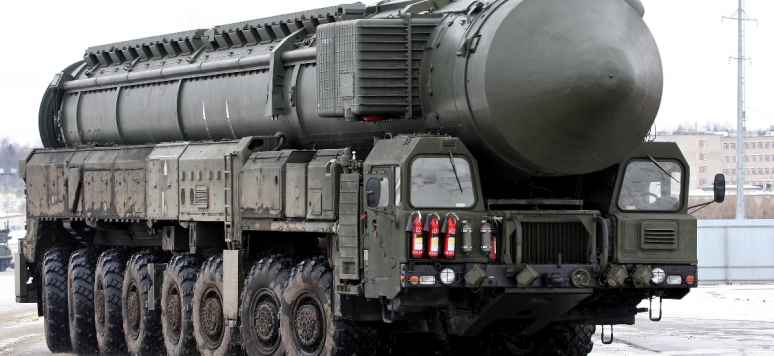Proliferation Papers - Cross-Domain Coercion: The Current Russian Art of Strategy Proliferation Papers, No. 54, November 2015

This paper traces the evolution of Russian views on the art of coercion, and on the role of nuclear weapons in it, from the post-Cold War “regional nuclear deterrence” thinking to the current “Gerasimov Doctrine”.
Often labeled as “hybrid warfare”, this “New Generation War” is waged across several domains (nuclear, conventional, informational, etc.) as a response to a perceived Western threat directed against Russia. Cross-domain coercion operates under the aegis of the Russian nuclear arsenal and aims to manipulate the adversary’s perception, to maneuver its decision-making process, and to influence its strategic behavior while minimizing, compared to the industrial warfare era, the scale of kinetic force use. Current Russian operational art thus involves a nuclear dimension that can only be understood in the context of a holistic coercion campaign, an integrated whole in which non-nuclear, informational, and nuclear capabilities can be used in the pursuit of deterrence and compellence.
